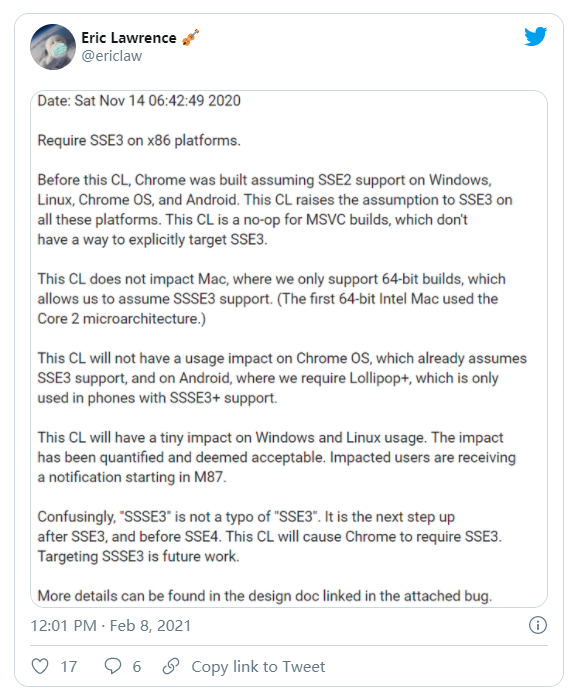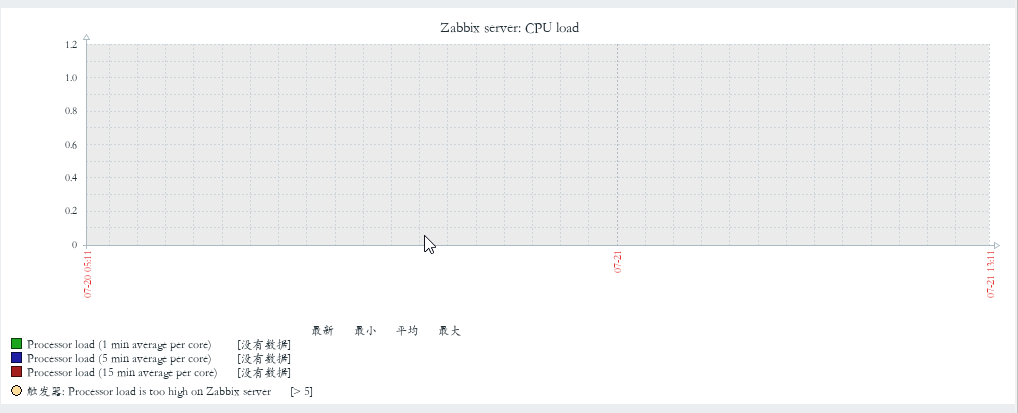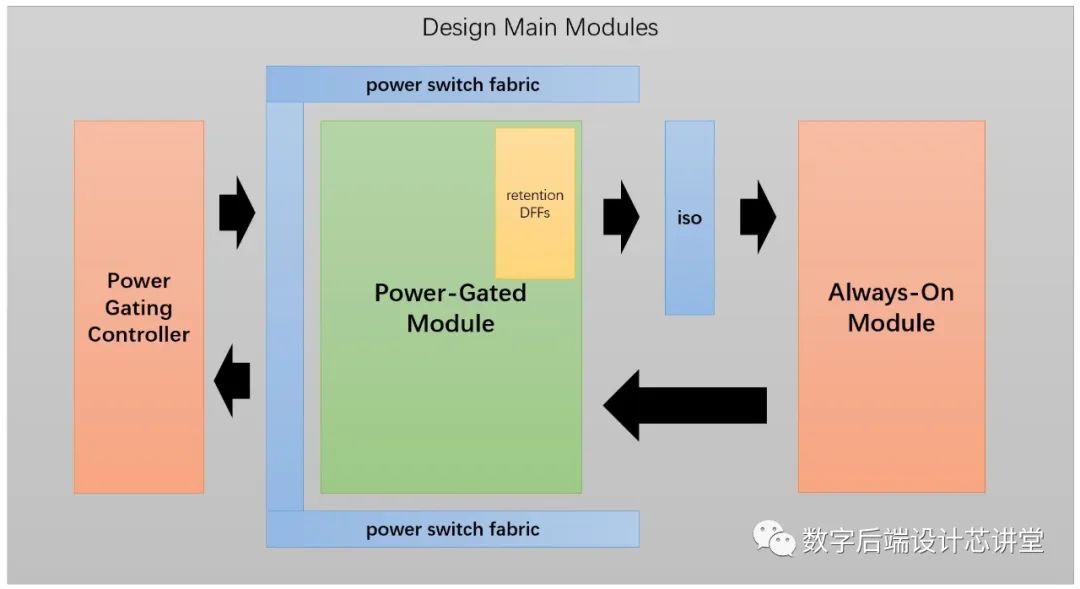可以将文章内容翻译成中文,广告屏蔽插件可能会导致该功能失效(如失效,请关闭广告屏蔽插件后再试):
问题:
This will emit a tick every 5 seconds.
Observable.interval(5, TimeUnit.SECONDS, Schedulers.io())
.subscribe(tick -> Log.d(TAG, "tick = "+tick));
To stop it you can use
Schedulers.shutdown();
But then all the Schedulers stops and it is not possible to resume the ticking later. How can I stop and resume the emiting "gracefully"`?
回答1:
Here's one possible solution:
class TickHandler {
private AtomicLong lastTick = new AtomicLong(0L);
private Subscription subscription;
void resume() {
System.out.println("resumed");
subscription = Observable.interval(5, TimeUnit.SECONDS, Schedulers.io())
.map(tick -> lastTick.getAndIncrement())
.subscribe(tick -> System.out.println("tick = " + tick));
}
void stop() {
if (subscription != null && !subscription.isUnsubscribed()) {
System.out.println("stopped");
subscription.unsubscribe();
}
}
}
回答2:
Some time ago, I was also looking for kind of RX "timer" solutions, but non of them met my expectations. So there you can find my own solution:
AtomicLong elapsedTime = new AtomicLong();
AtomicBoolean resumed = new AtomicBoolean();
AtomicBoolean stopped = new AtomicBoolean();
public Flowable<Long> startTimer() { //Create and starts timper
resumed.set(true);
stopped.set(false);
return Flowable.interval(1, TimeUnit.SECONDS)
.takeWhile(tick -> !stopped.get())
.filter(tick -> resumed.get())
.map(tick -> elapsedTime.addAndGet(1000));
}
public void pauseTimer() {
resumed.set(false);
}
public void resumeTimer() {
resumed.set(true);
}
public void stopTimer() {
stopped.set(true);
}
public void addToTimer(int seconds) {
elapsedTime.addAndGet(seconds * 1000);
}
回答3:
val switch = new java.util.concurrent.atomic.AtomicBoolean(true)
val tick = new java.util.concurrent.atomic.AtomicLong(0L)
val suspendableObservable =
Observable.
interval(5 seconds).
takeWhile(_ => switch.get()).
repeat.
map(_ => tick.incrementAndGet())
You can set switch to false to suspend the ticking and true to resume it.
回答4:
Here is a another way to do this, I think.
When you check the source code, you will find interval() using class OnSubscribeTimerPeriodically. The key code below.
@Override
public void call(final Subscriber<? super Long> child) {
final Worker worker = scheduler.createWorker();
child.add(worker);
worker.schedulePeriodically(new Action0() {
long counter;
@Override
public void call() {
try {
child.onNext(counter++);
} catch (Throwable e) {
try {
worker.unsubscribe();
} finally {
Exceptions.throwOrReport(e, child);
}
}
}
}, initialDelay, period, unit);
}
So, you will see, if you wanna cannel the loop, what about throwing a new exception in onNext(). Example code below.
Observable.interval(1000, TimeUnit.MILLISECONDS)
.subscribe(new Action1<Long>() {
@Override
public void call(Long aLong) {
Log.i("abc", "onNext");
if (aLong == 5) throw new NullPointerException();
}
}, new Action1<Throwable>() {
@Override
public void call(Throwable throwable) {
Log.i("abc", "onError");
}
}, new Action0() {
@Override
public void call() {
Log.i("abc", "onCompleted");
}
});
Then you will see this:
08-08 11:10:46.008 28146-28181/net.bingyan.test I/abc: onNext
08-08 11:10:47.008 28146-28181/net.bingyan.test I/abc: onNext
08-08 11:10:48.008 28146-28181/net.bingyan.test I/abc: onNext
08-08 11:10:49.008 28146-28181/net.bingyan.test I/abc: onNext
08-08 11:10:50.008 28146-28181/net.bingyan.test I/abc: onNext
08-08 11:10:51.008 28146-28181/net.bingyan.test I/abc: onNext
08-08 11:10:51.018 28146-28181/net.bingyan.test I/abc: onError
回答5:
Sorry this is in RxJS instead of RxJava, but the concept will be the same. I adapted this from learn-rxjs.io and here it is on codepen.
The idea is that you start out with two streams of click events, startClick$ and stopClick$. Each click occurring on the stopClick$ stream get mapped to an empty observable, and clicks on startClick$ each get mapped to the interval$ stream. The two resulting streams get merge-d together into one observable-of-observables. In other words, a new observable of one of the two types will be emitted from merge each time there's a click. The resulting observable will go through switchMap, which starts listening to this new observable and stops listening to whatever it was listening to before. Switchmap will also start merge the values from this new observable onto its existing stream.
After the switch, scan only ever sees the "increment" value emitted by interval$, and it doesn't see any values when "stop" has been clicked.
And until the first click occurs, startWith will start emitting values from $interval, just to get things going:
const start = 0;
const increment = 1;
const delay = 1000;
const stopButton = document.getElementById('stop');
const startButton = document.getElementById('start');
const startClick$ = Rx.Observable.fromEvent(startButton, 'click');
const stopClick$ = Rx.Observable.fromEvent(stopButton, 'click');
const interval$ = Rx.Observable.interval(delay).mapTo(increment);
const setCounter = newValue => document.getElementById("counter").innerHTML = newValue;
setCounter(start);
const timer$ = Rx.Observable
// a "stop" click will emit an empty observable,
// and a "start" click will emit the interval$ observable.
// These two streams are merged into one observable.
.merge(stopClick$.mapTo(Rx.Observable.empty()),
startClick$.mapTo(interval$))
// until the first click occurs, merge will emit nothing, so
// use the interval$ to start the counter in the meantime
.startWith(interval$)
// whenever a new observable starts, stop listening to the previous
// one and start emitting values from the new one
.switchMap(val => val)
// add the increment emitted by the interval$ stream to the accumulator
.scan((acc, curr) => curr + acc, start)
// start the observable and send results to the DIV
.subscribe((x) => setCounter(x));
And here's the HTML
<html>
<body>
<div id="counter"></div>
<button id="start">
Start
</button>
<button id="stop">
Stop
</button>
</body>
</html>
回答6:
You can use takeWhile and loop until conditions is true
Observable.interval(1, TimeUnit.SECONDS)
.takeWhile {
Log.i(TAG, " time " + it)
it != 30L
}
.subscribe(object : Observer<Long> {
override fun onComplete() {
Log.i(TAG, "onComplete " + format.format(System.currentTimeMillis()))
}
override fun onSubscribe(d: Disposable) {
Log.i(TAG, "onSubscribe " + format.format(System.currentTimeMillis()))
}
override fun onNext(t: Long) {
Log.i(TAG, "onNext " + format.format(System.currentTimeMillis()))
}
override fun onError(e: Throwable) {
Log.i(TAG, "onError")
e.printStackTrace()
}
});





